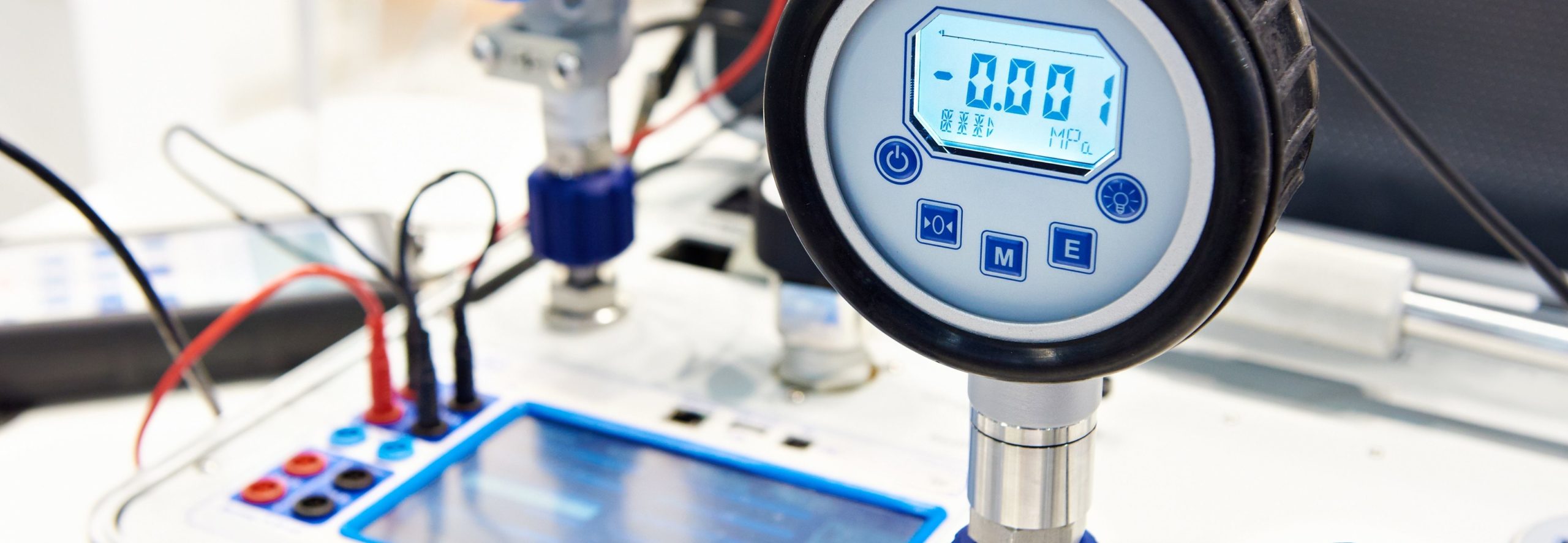Every manufacturer wants to increase productivity. On this week’s blog, Sure Controls In-House Controls Technician Luke Nagrant explains how calibration can help you achieve that goal. He breaks down his top tips for avoiding downtime.
The Need
Calibrations of instrumentation, sensors, and other equipment is one step in standard preventive maintenance. During calibration, a zone can be found to not be operating correctly that may otherwise go unnoticed. This can cause more costly failures to happen when the zone goes unnoticed for an extended period of time. An example of this could be addressing wiring issues that are not noticed until hands are on the sensors and other equipment once they are calibrated.
Another example of this is electronic boards that are near failure. On a recent calibration, two controllers failed to power up after being powered down. These controllers were both 22 years old and ready to fail at any time. It was better for this to happen during scheduled downtime rather than fail during production and have to scramble to get up and running again.
Benefits of Calibration Schedule
Being proactive on machine maintenance is always better than being reactive. If a machine has a failure, production downtime will always be longer on a machine that has not been calibrated annually vs a machine with a regular calibration schedule.
Checking all sensors and equipment at the time of failure vs having a known calibration history on hand that you can reference, makes a significant difference. A calibration schedule shows history overtime. This can help you identify what parts may be prone to failure. This can bring attention to either a process issue that needs to be addressed, or give insight on what parts are consumable and would be ideal to keep in stock.
When a customer has a regular calibration schedule, we become familiar with their machine. This has many benefits. This can help keep downtime down and up time up, as we are more knowledgeable on their machine, we can become more efficient.
This also helps with upgrade paths in the future. As experts in the equipment that we service, we can suggest to a customer on how and what instrumentation and sensors to upgrade to in the future. We also can recommend whether it is cost effective to continue to support obsolete equipment or to upgrade sooner.
Learn More
You can learn more about our calibration services here. Or, if you have questions, don’t hesitate to contact us.

